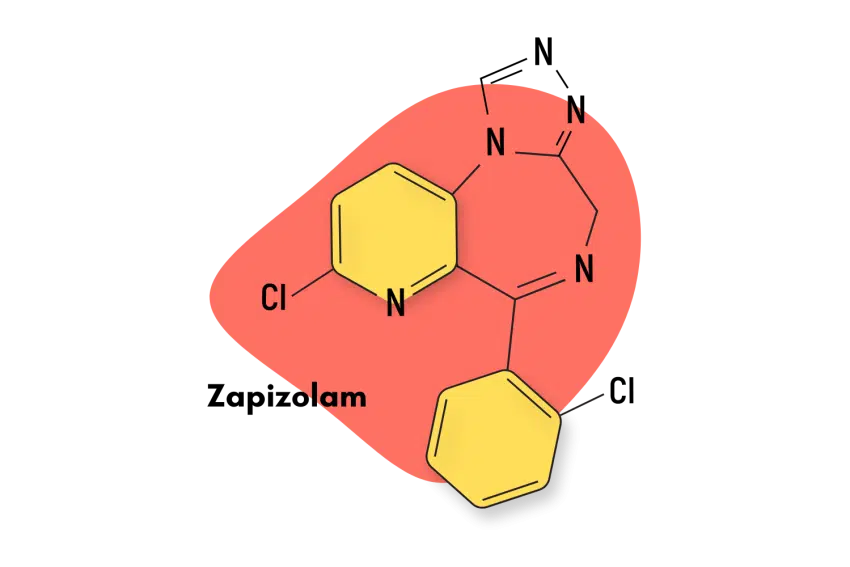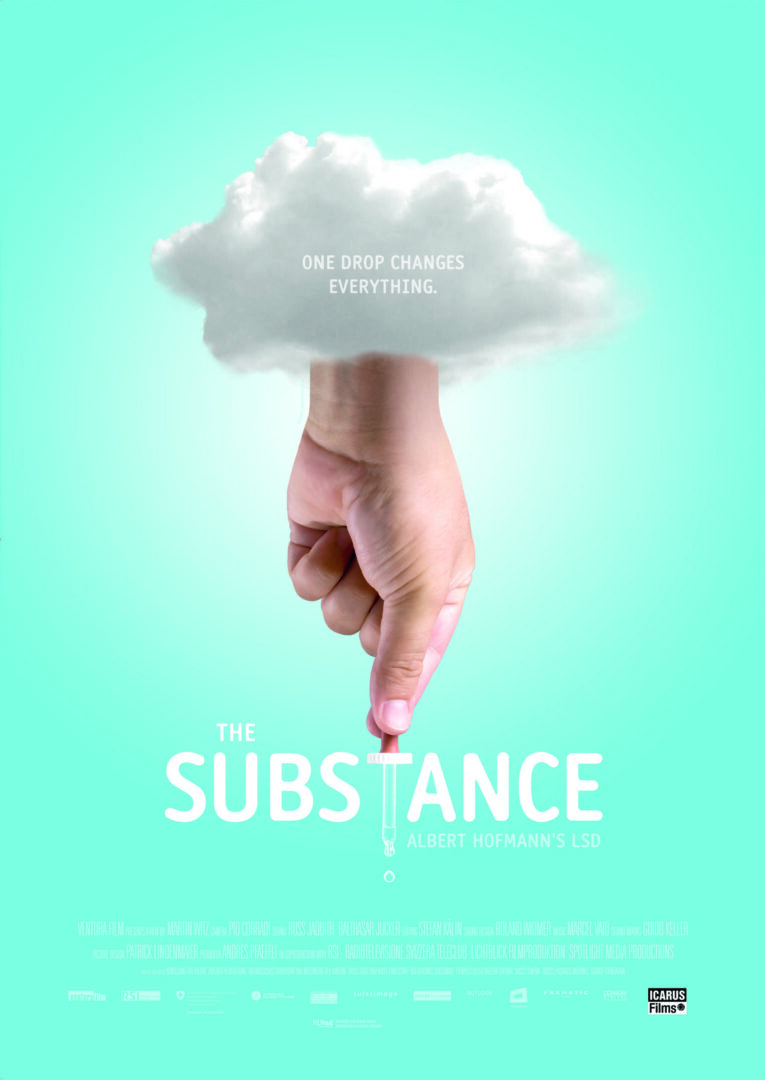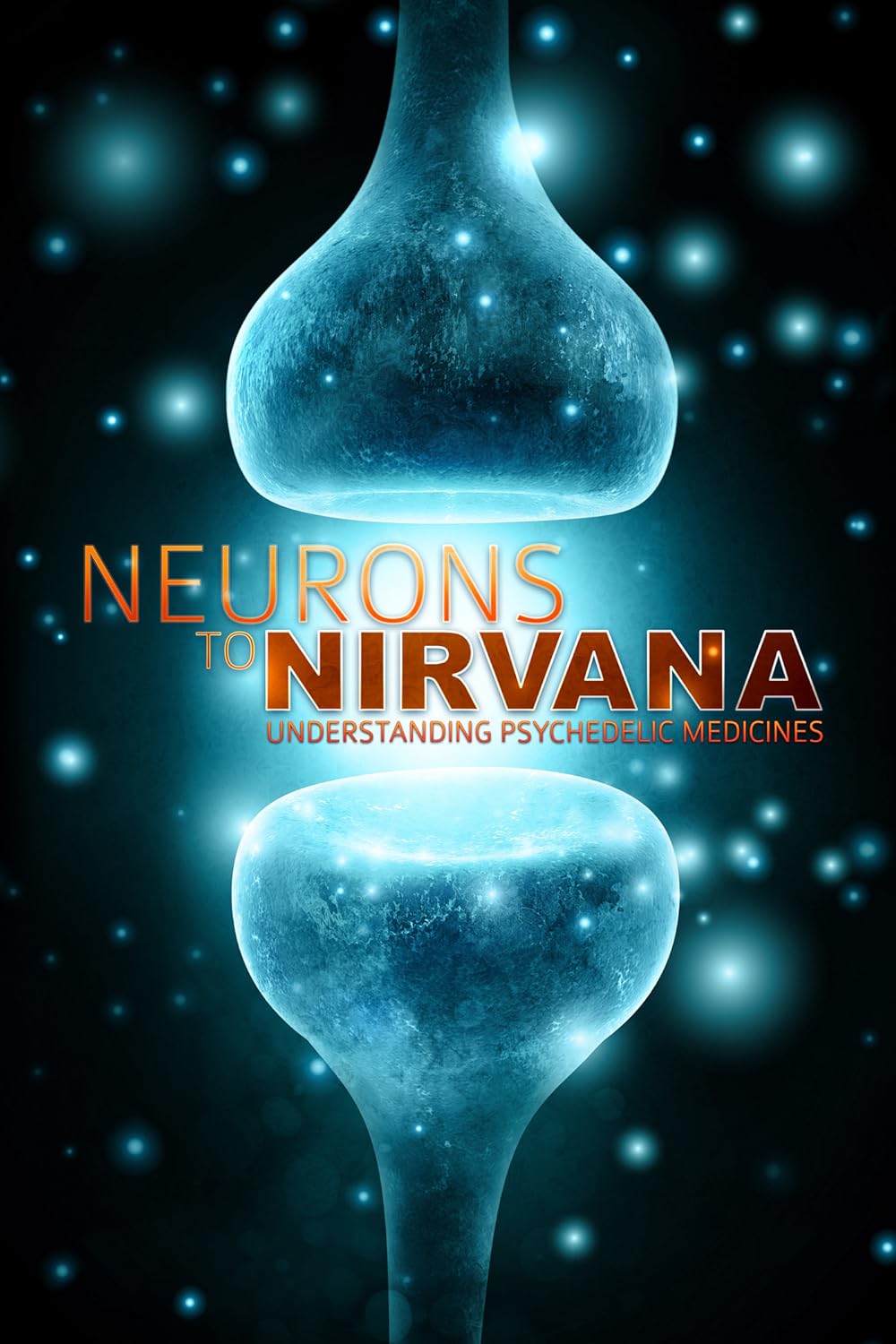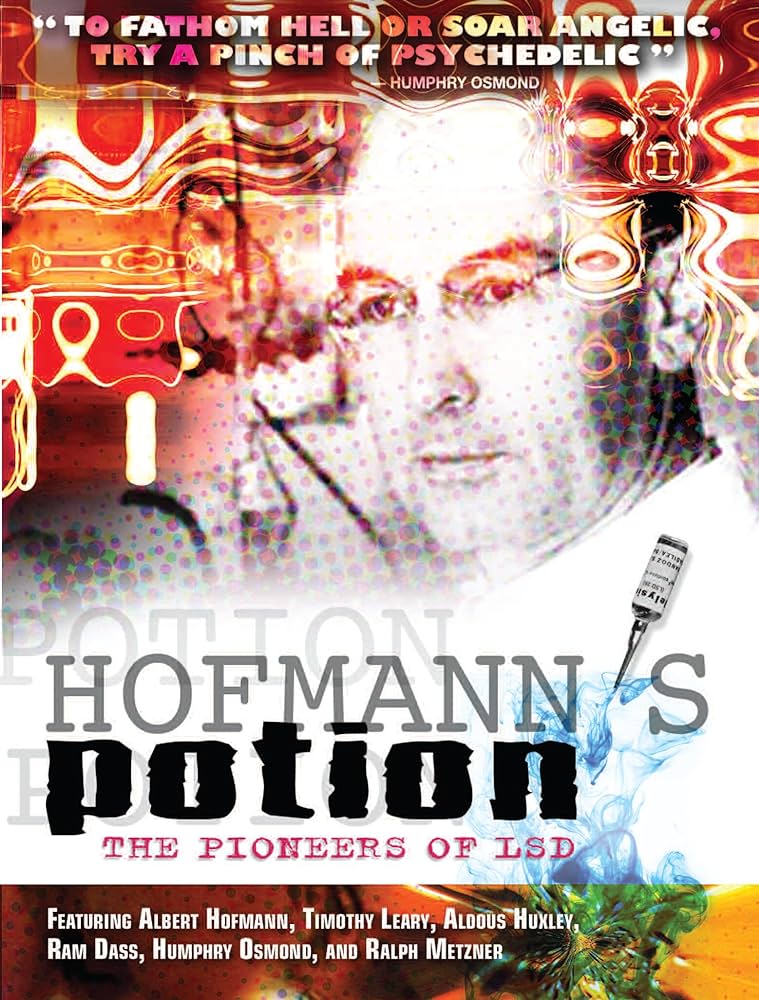Zapizolam is a mysterious compound. Indeed, public databases offer only minimal information with regard to their origins and characteristics.
As zapizolam does have some level of popularity as a designer drug, it’s hypothesized that its invention was a result of chemists attempting to synthesize novel benzodiazepine compounds in an attempt to sidestep drug laws.
Zapizolam’s unique chemical features also point us in this direction,
Zapizolam is currently the only member of the pyridotriazolodiazepine family.
This benzodiazepine subclass is characterized by the combination of pyridine and triazole rings fused to a diazepine ring.
Theoretically, other compounds could exist within this subtype, but none of them have been formally investigated.
Whatever unique characteristics the pyridotriazolodiazepine subtype could offer to remain unknown, and, on the other hand, there seems to be little interest in answering this question on the part of researchers.
Zapizolam Specs
| IUPAC Name | 8-Chloro-6-(2-chlorophenyl)-4H-pyrido[2,3-f][1,2,4]triazolo[4,3-a][1,4]diazepine |
| Metabolism | Unknown |
| Duration of Effects | Unknown |
| Status | Research chemical |
| Common Dosage | Unknown |
| PubChem ID | 68832 |
| CAS# | 64098-32-4 |

How Does Zapizolam Work?
There is no peer-reviewed research on the pharmacology of zapizolam, but as a benzodiazepine derivative, there is little doubt that it acts as a positive allosteric modulator of GABA-A receptors: the standard mechanism of action common to virtually all benzos. In other words, zapizolam binds to GABA-A receptors and naturally potentiates their inhibitory response on the brain and central nervous system (CNS). This generalized depressive effect is what gives rise to the range of effects traditionally associated with benzodiazepines.
Even though non-atypical benzodiazepines largely share the same effects, there are meaningful differences in terms of what part of the benzodiazepine spectrum they emphasize. In this sense, we can confidently assume that zapizolam has the standard anxiolytic, sedative, hypnotic, and anticonvulsant qualities, but we can’t be sure how these measure up to those of other benzodiazepines or which properties carry more emphasis.

What little online information exists seems to suggest that zapizolam is, above all, a sedative and anxiolytic compound, which makes sense given its appearance on unregulated drug markets.
The pharmacological differences exhibited by benzodiazepines are largely a result of two factors: pharmacokinetic values and their disparities with regard to the type of GABA-A receptor α subunit to which they bind.
There is still much researchers don’t understand about the many GABA-A subunits, but some preliminary conclusions have been reached: the sedative, anterograde amnesic, and anticonvulsant actions, as well as the addictive potential of these drugs, require the presence of α1-containing GABA-A receptors, while the anxiolytic effects are mediated by GABA-A receptors containing α2 subunits, and the myorelaxant actions by GABA-A receptors containing α2, α3, and α5 subunits.
Is Zapizolam Safe? Risks & Side Effects
The common nature of benzodiazepines means there’s a considerable baseline risk level that is common to all of them. Secondary factors such as potency and elimination half-life also will also affect an individual benzodiazepine’s risk profile, but when it comes to risk, benzos have more commonalities than differences. Indeed, these similarities are the reason why virtually classified benzos share the same Schedule IV designation under the Controlled Substances Act.
The lack of information on zapizolam leaves us unable to speculate on how it might compare to other benzodiazepines in terms of risk. And given the fact that it’s only available as a designer drug, zapizolam use is likely to be accompanied by dangerous recreational habits.

Side Effects of Zapizolam
As of yet, no studies have been conducted in order to determine zapizolam’s side effects profile, so our only option is to look at what we know of benzodiazepines as a whole.
Luckily, benzos have been found to share a common set of side effects with only minimal differences.
Due to some structural similarities, it is speculated that zapizolam might be similar to alprazolam and could thus have comparable side effects.
According to the FDA, the most likely side effects to stem from alprazolam usage include:
- Anxiety
- Confusion
- Constipation
- Depression/Suicidal ideations
- Dizziness
- Dry Mouth
- Extended pharmacological activity (e.g., drowsiness or light-headedness)
- Headache
- Insomnia
Rarer but more significant adverse effects include:
- Akathisia
- Blurred vision
- Dermatitis/Allergy
- Hypotension
- Rigidity
- Syncope
- Tachycardia
- Tremors
Benzodiazepine Withdrawal & Dependence
As their schedule IV designation entails, the GABA-mediated pathway of benzodiazepines has the potential to produce symptoms of physical dependence and withdrawal in users.
Whereas a couple of decades ago, the medical establishment did not find benzodiazepine dependence to be a problem, the formation of physical dependence on a significant minority of users in relation to continued therapeutic or recreational benzodiazepine use is now an established fact. Indeed, doctors used to hand out benzodiazepine prescriptions with minimal concerns for the dangers of dependence, and, as a consequence of this, mistaken beliefs are still held by a considerable segment of benzodiazepine users.
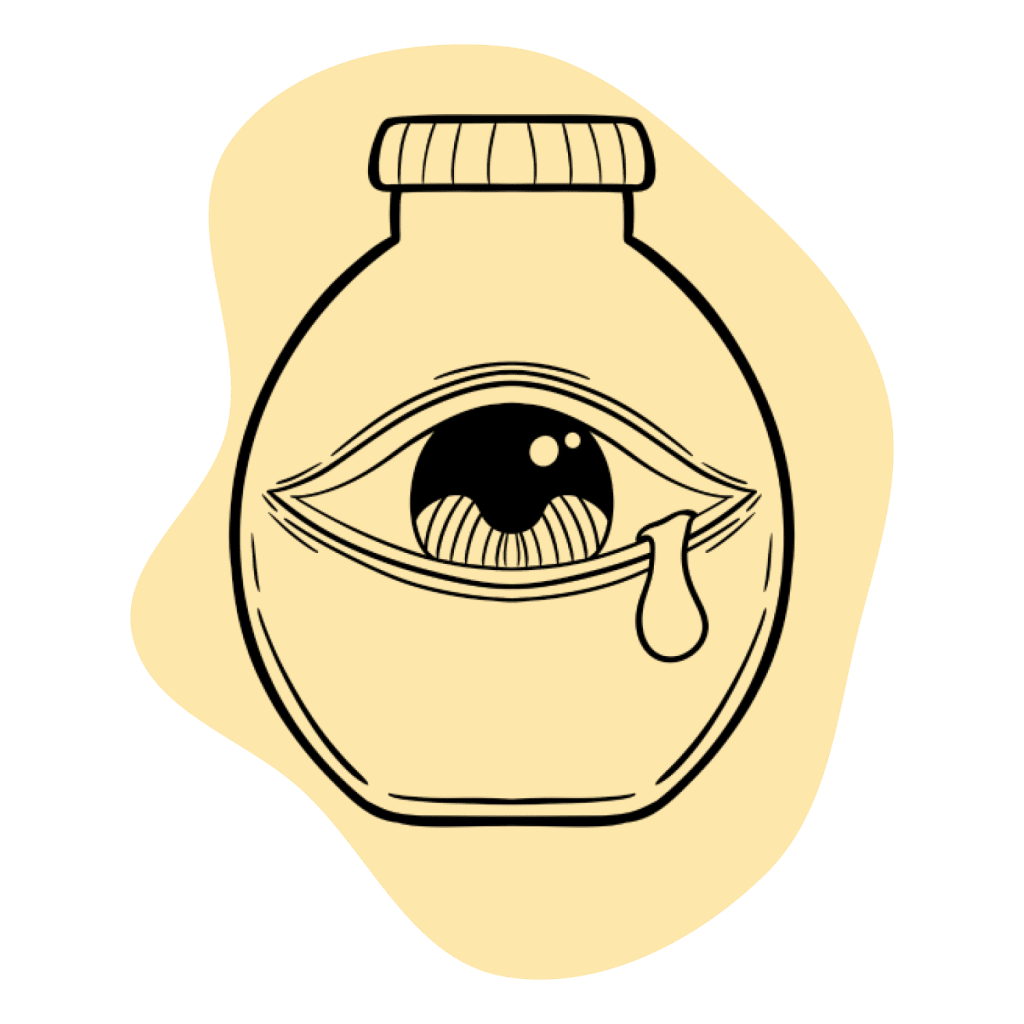
Many believe that benzodiazepine dependence can only come as a result of misuse, which is not right in the slightest. In fact, it is now standard practice for doctors to hedge against this risk as much as they can without meaningfully compromising the effectiveness of treatment. They do this by limiting two factors as much as they can without compromising the treatment’s success: dosage and duration of treatment.
With the higher potency of benzodiazepines, it’s important for doctors to control these factors strictly, as some benzos are known to cause dependence symptoms in merely seven to 10 days.
Harm Reduction: Zapizolam
Benzodiazepine Harm Reduction Tips
- 🥣 Don’t mix — Mixing benzodiazepines with other depressants (alcohol, GHB, phenibut, barbiturates, opiates) can be fatal.
- ⏳ Take frequent breaks or plan for a short treatment span — Benzodiazepines can form dependence quickly, so it’s important to stop using the drug periodically.
- 🥄 Always stick to the proper dose — The dosage of benzos can vary substantially. Some drugs require 20 or 30 mg; others can be fatal in doses as low as 3 mg.
- 💊 Be aware of contraindications — Benzodiazepines are significantly more dangerous in older people or those with certain medical conditions.
- 🧪 Test your drugs — If ordering benzos from unregistered vendors (online or street vendors), order a benzo test kit to ensure your pills contain what you think they do.
- 💉 Never snort or inject benzos — Not only does this provide no advantage, but it’s also extremely dangerous. Benzos should be taken orally.
- 🌧 Recognize the signs of addiction — Early warning signs are feeling like you’re not “yourself” without the drug or hiding your habits from loved ones.
- ⚖️ Understand the laws where you live — In most parts of the world, benzodiazepines are only considered legal if given a prescription by a medical doctor.
- 📞 Know where to go if you need help — Help is available for benzodiazepine addiction; you just have to ask for it. Look up “addiction hotline” for more information about where you live. (USA: 1-800-662-4357; Canada: 1-866-585-0445; UK: 0300-999-1212).
Zapizolam Drug Interactions
Mixing potent pharmacological compounds, whether they require a prescription or not, is never a good idea. These types of combinations always have the potential to raise risk levels and are usually tied to dangerous habits of misuse. However, there is one type of combination in particular that benzodiazepine users must always take care to avoid: the mixing of two or more compounds with the capacity to depress the central nervous system.

These types of compounds like benzodiazepines, alcohol, antidepressants, and barbiturates can quickly become deadly when taken together, as they often potentiate each other and produce an overwhelming depressive effect, often leading to respiratory depression: the leading cause of death among drug overdoses.
Recent drug fatality trends in the United States clearly exhibit just how dangerous this combination can be. Nearly all drug fatalities that have come as a result of the opioid epidemic are due to the concomitant use of CNS-depressing compounds.
Zapizolam Contraindications
Zapizolam is contraindicated for the following conditions/compounds:
- Hepatic impairments
- Known hypersensitivity to benzodiazepines
- Myasthenia gravis
- Pregnancy/lactation
- Psychiatric disorders
- Sleep apnea
Similar Benzodiazepines
The presence of a triazole ring indicates zapizolam could have potent effects similar to alprazolam (Xanax) or clonazolam (Klonopin).
Alprazolam (Xanax)
Alprazolam is one of the most commercially successful benzodiazepines in the United States. In general terms, it’s considered to be a short-acting and potent compound and has clinical effectiveness in the treatment of anxiety. Alprazolam also has considerable popularity as a recreational compound as, in higher doses, it can produce potent sedative effects.
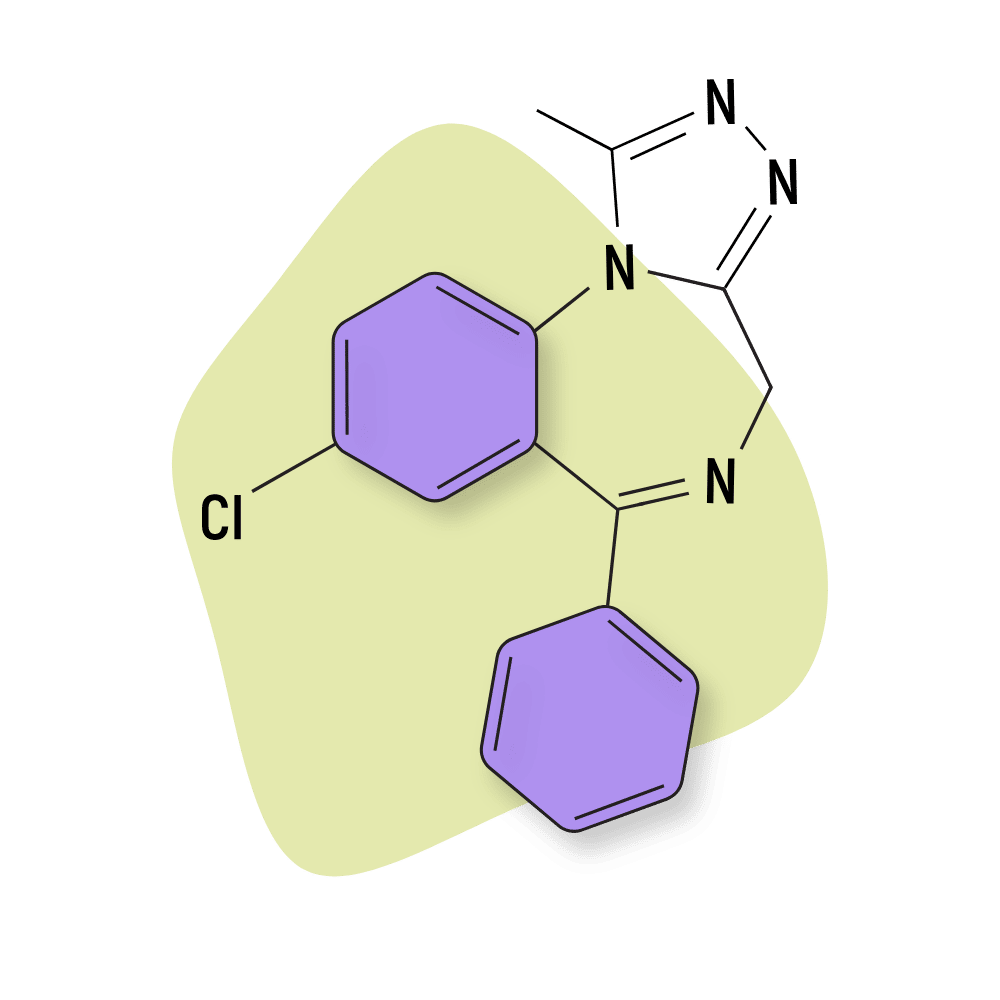
Clonazepam (Klonopin)
Clonazepam is quite similar to alprazolam. It is a potent compound with a duration of effects that’s only slightly longer. Clonazepam is also indicated for the treatment of anxiety but can also produce potent sedative effects on users who take it for recreational purposes. As a compound, it’s considered more euphoric, more intoxicating, and less sedative than many of the other members of its class.
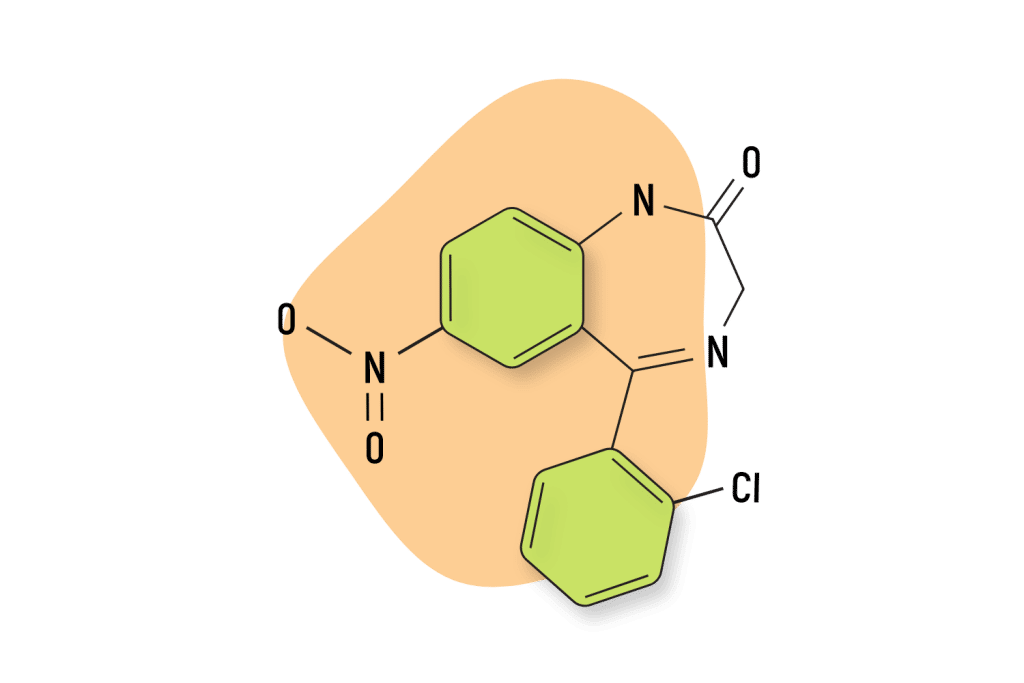
Natural Alternatives to Benzodiazepines
If you’re worried about the negative effects of benzodiazepine use, especially long-term, there’s no need to feel like you’re stuck with your prescription. Why not try one of the many natural, plant-based alternatives that can produce comparable effects to benzodiazepines? Natural compounds like kratom or the kava plant have scientifically proven anxiolytic and sedative properties, which, although not as potent, can offer effective relief.

